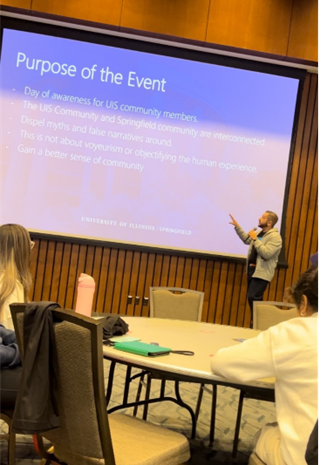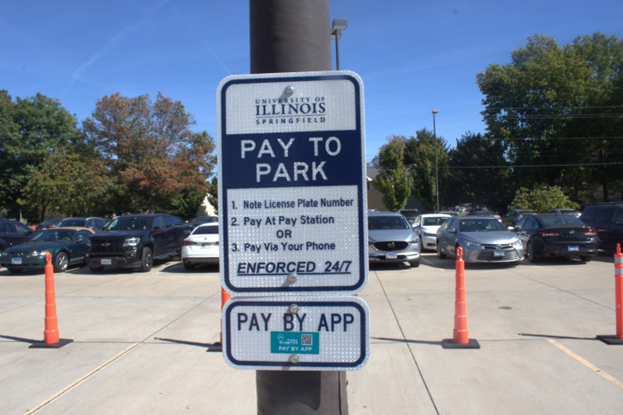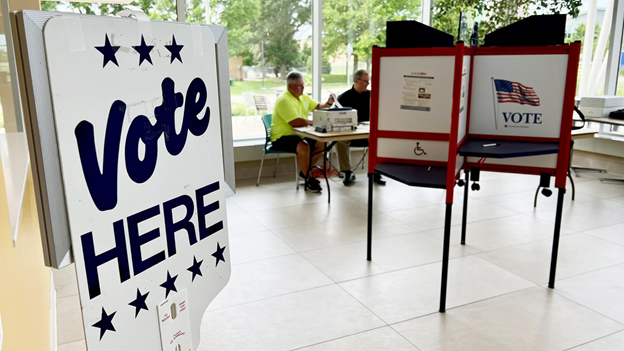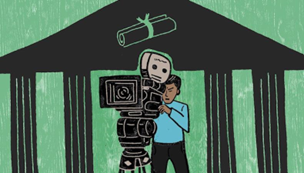The modern war is not fought with bullets or with armored divisions. This modern war is fought in backyards, on the Internet and in massive data centers.
This war is called “information warfare,” or the more colloquial term “infowar,” and it affects every citizen on earth. No blood is spilled, though massive amounts of data are compromised every day. Some of this data is the backbone of the massive surveillance campaign that is currently being waged against the people of the world.
There is a new source of fear in the United States of America, now – civilian and law enforcement usage of Unmanned Aerial Vehicles (UAVs). These UAVs are what is commonly reported on the news as “drone aircraft,” remotely piloted by a human operator. While civilians and police cannot legally deploy advance attack drones such as the “Predator” which carries out extra-judicial killings in countries such as Pakistan, they are armed with a much more modern weapon: the camera.
Local and state agencies across the country are starting to look into government usage of civilian drones to spy on American citizens. Many of these drones are already in the skies over Illinois, and state Senator Daniel Biss believes the lack of regulation on these tiny aircrafts is criminal.
Biss has drafted a bill known as the Freedom From Drone Surveillance Act (FDSA) to protect the citizens of Illinois from unregulated spying by government and corporate entities. It stipulates that “a law enforcement agency may not own or use a drone that is equipped with any kind of lethal or non-lethal weapon,” as well as making evidence “obtained or collected in violation of the act” unacceptable and “inadmissible as evidence in any criminal, civil, administrative or other proceedings.”
The American Civil Liberties Union reports that the Illinois National Guard and Champaign County Sheriff’s office have already begun test flights of surveillance drones. The Cook County Sheriff, Tom Dart, is also exploring the cost-effectiveness of unmanned drones for law-enforcement purposes.
“When government knows where we are, they know who we are,” said Adam Schwartz, senior staff counsel for the ACLU of Illinois. “Our nation is in the midst of a technological revolution. Many of these technologies permit the massive gathering of information and data about individuals and groups and can undermine our freedoms.”
According to the National Conference of State Legislatures, more than 20 states are considering similar legislation – from enacting legal limits to a complete moratorium on all governmental drone usage.
Biss appeared on a morning talk radio show, saying: “This is an issue where because of the ideologically diverse constituency of people who have real, legitimate concerns about civil liberties, I think there’s a good chance that we’ll get something meaningful done.”
Not all is exactly going smoothly for the proponents of drone technology, either. In addition to the FDSA proposed above, it seems that the Champaign County Sheriff’s only drone has flown four times between November 2011 and May 2012. Two of the flights were “non-successful,” and the last flight even ended in a crashed drone.
While the threat these drones pose to privacy is unprecedented, they are being deployed against the American populace without comprehensive rules regulating its usage. The world is now entering a state of constant surveillance, with these drones equipped with the ability to see through walls and image entire cities at once. These drones could allow the police to track anyone at will, regardless of their business.
The FDSA will protect the citizens’ right to privacy, as well as their First Amendment rights. Vanguard Defense Industries, a manufacturer of these weapons, has confirmed that their Shadowhawk drone, which has already been sold to law enforcement agencies across the country, is capable of mounting various lethal and non-lethal weapons. Compliance weapons include tear gas and rubber buckshot, while lethal variants can mount grenade launchers or shotguns.
This bill also defends the Fourth Amendment rights of civilians as well, protecting them from the “unlawful search” as conducted by a drone from 20,000 feet with an infrared scope and camera capable of seeing the minutest detail.
Under the Act, this would be illegal without probable cause and a judicial warrant – just like wiretapping and regular police surveillance. It is inevitable that the surveillance will expand to include anyone within range of the cameras; making everyone the drone can see a suspect.
Marty Muloski, a UIS graduate student, thinks police drones should be banned, “especially if they’re armed,” he said. The sentiment seems fairly common around America, not just the UIS campus.
With 56 government agencies authorized to use drones – among them, 22 law enforcement agencies and 24 universities – it is clear that drones are not going to go away. The University of North Dakota even offers a degree program in unmanned vehicle flight. For more information or to express concern, contact your local representatives.






